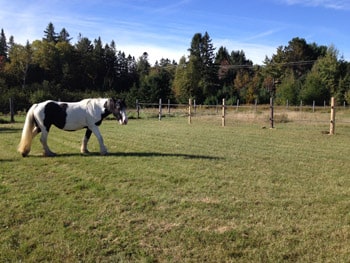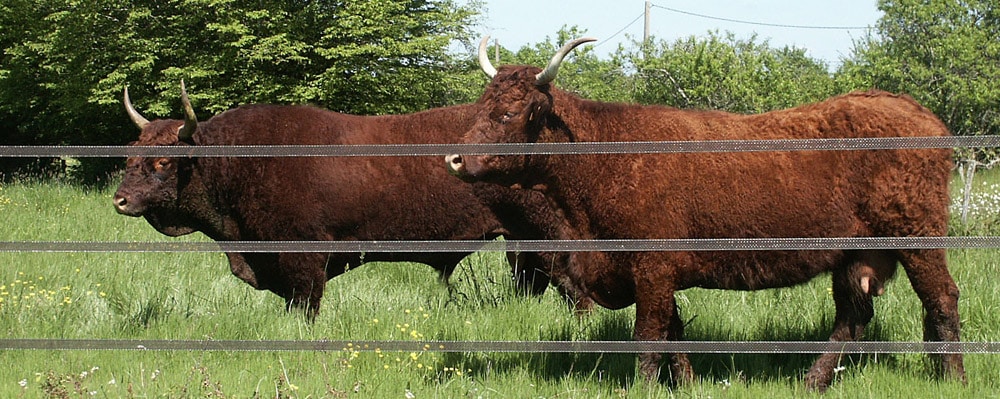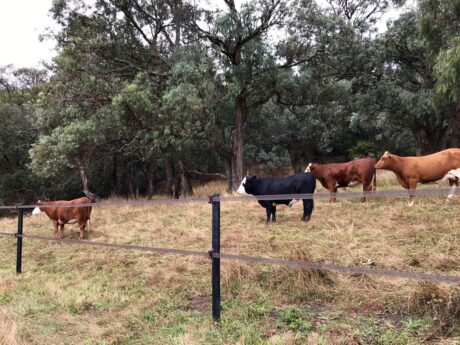A Visual Barrier
Horses natural instinct is to flee from danger. They have limited vision quality but can see in a radius of 350 degrees (we see in 180 degrees).
With their poor sight and a very narrow sense of perspective, they may ignore or not see an obstacle.
2 or 3 rows of HorseGuard electric tape of 4cm (1.5 “) creates an effective visual barrier.
HorseGuard tape is a wide and therefore clearly visible obstacle that appears to a horse like large tree branches, which it can easily see and avoid.
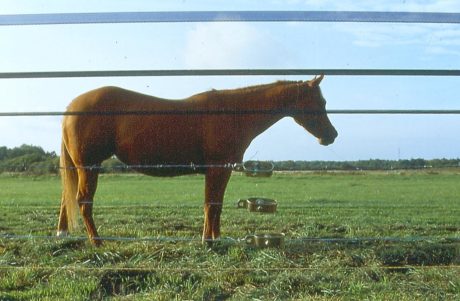
Comparison of visibility between fences.
This picture presents 7 kinds of different fences: 4 are relatively invisible;
2 are acceptable (visible but not always respected) and;
1 is visible and reliably respected.
HorseGuard tape is the 4 cm tape at the top.
A Mental Barrier
A horse that respects its fencing does not touch it!
Horses are moody. Facing a narrow and/or poorly electrified fence (or worse, barbed wire), they may react inconsistently:
a) They may not see the fence and run into it, risking injury
b) When agitated, they see the fence but trying to break through it
When the horse first touches HorseGuard tape, it receives a violent shock, either at the end of the nose or throughout the body.
The memory of this jolt persists, even during split second reactions of fright or alarm,
creating an effective, permanent mental barrier for the horse. For foals, the recognition and respect for HorseGuard fencing lasts for life.
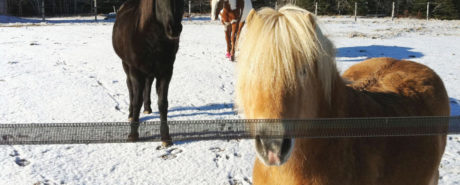
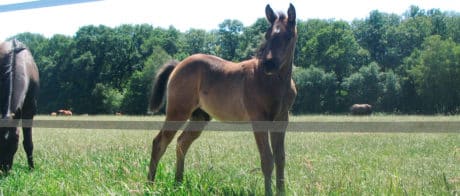
A Physical Barrier
At 4 cm. wide HorseGuard tape is very strong with a breaking point at 660 lbs. (300 kg.) pressure.
It is necessary that a fence stretches or yields without hurting the horse in the exceptional case that it runs into it.
HorseGuard tape is designed for strength and, durability, but foremost, safety of the animal.
